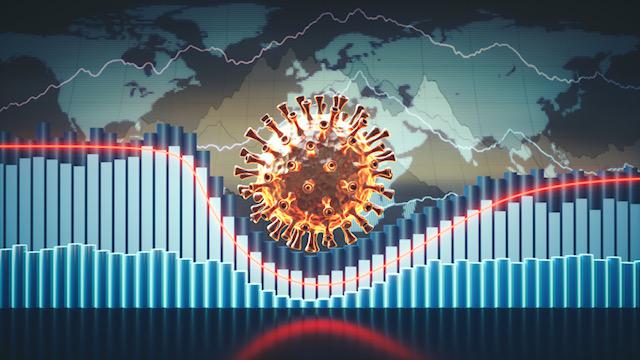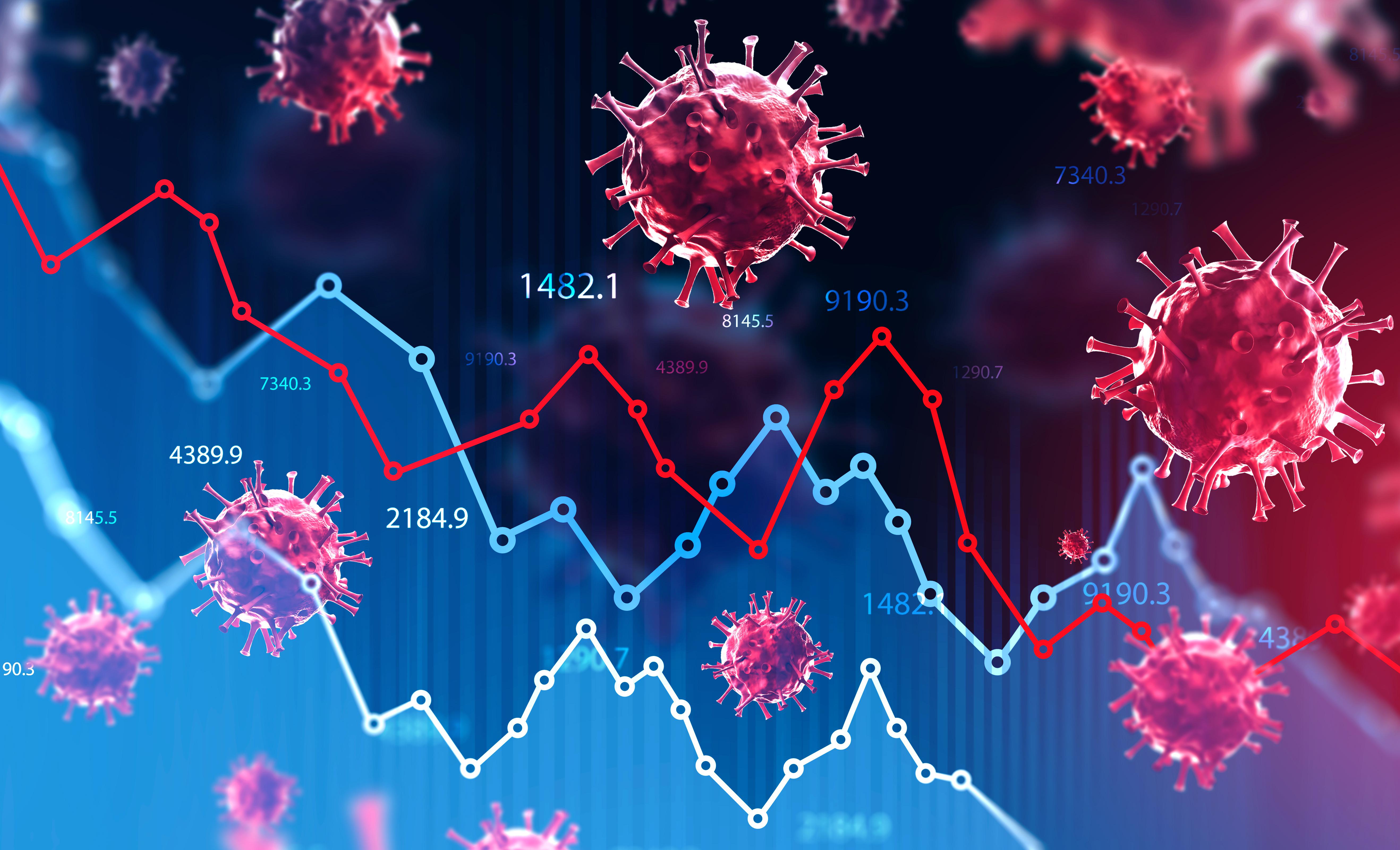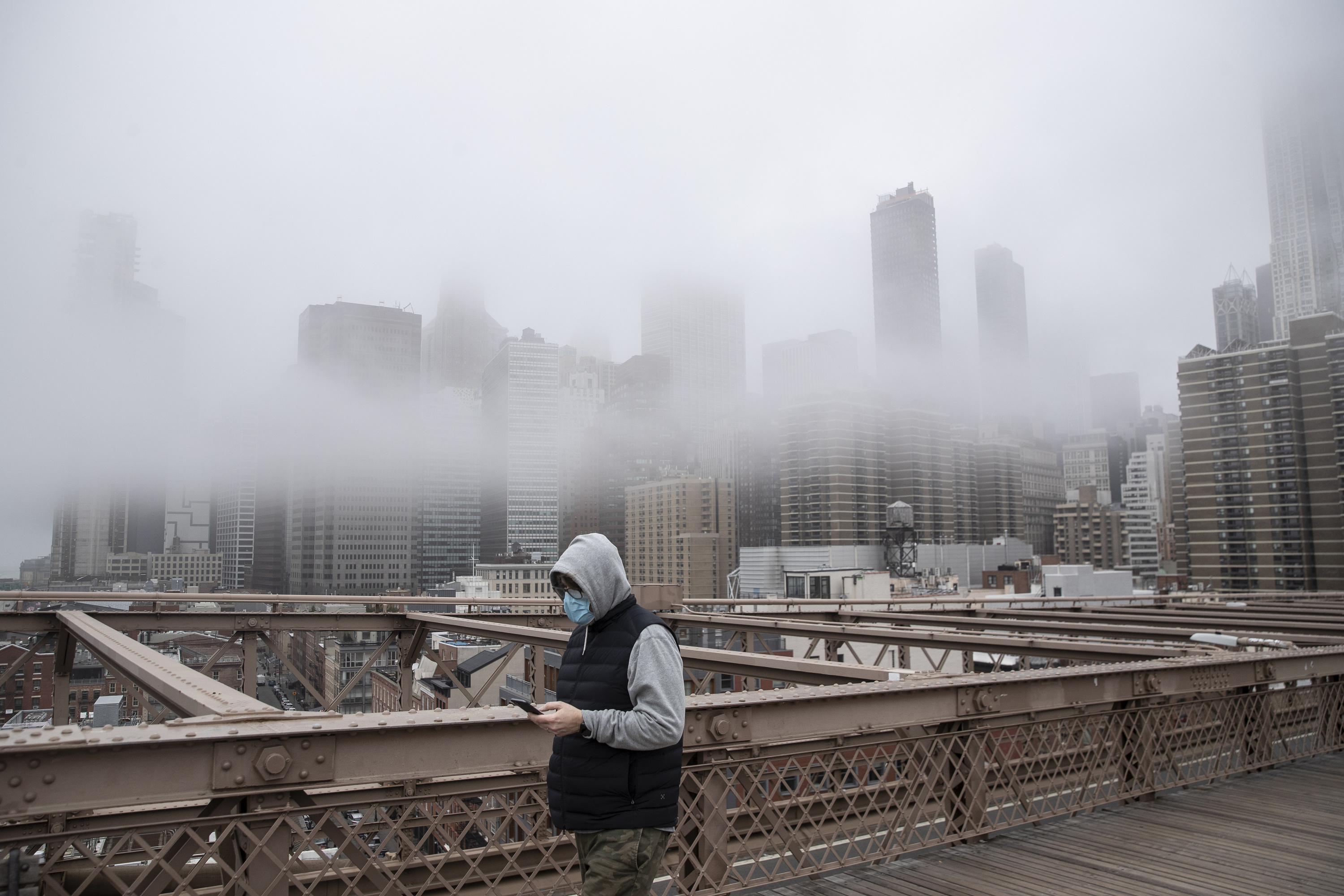COVID-19 amplified America’s devastating health gap. Can we bridge it?

Credit: Joe Raedle/Getty Images
- The COVID-19 pandemic has exacerbated America’s health disparities, widening the divide between the haves and have nots.
- Studies show disparities in wealth, race, and online access have disproportionately harmed underserved U.S. communities during the pandemic.
- To begin curing this social aliment, health systems like Northwell Health are establishing relationships of trust in these communities so that the post-COVID world looks different than the pre-COVID one.
In the last 100 years, we’ve made incredible advances in health care, advances that would be viewed as miraculous to any previous generation. To pick one example, the U.S. life expectancy in 1950 was 68.2 years. We’ve since added 10 years to that average. Social programs have helped the young and elderly, two of the most health-vulnerable populations, receive unprecedented levels of care and attention. And telemedicine has decoupled many Americans’ health support and monitoring from brick-and-mortar hospitals, expanding access to care.
Yet, despite these advances and despite handily outspending other OECD nations on health care, the United States preserves vast health disparities. As James Madara, CEO and executive vice president of the American Medical Association, wrote on the organization’s site: “The U.S. health system that exists today is a hodgepodge of ideas, programs, and regulations that is both extraordinarily expensive and highly inefficient. And despite its size and technological advancements, our health system is beset by tremendous gaps and inequities that favor some groups while unfairly disadvantaging others.”
Our current predicament has its origins in tectonic sociohistorical forces that have shifted and fractured the health care landscape. For those at the peaks, access to superior care, education, resources, and social networks serve to protect their health. For those in the canyons, the ground continues to weather away with each past and ongoing crisis—consider, for example, the disproportionate fallout from the dissolution of the Mental Health Systems Act.
Then came COVID-19.
Communities on the pernicious side of America’s health disparities have their unique histories, environments, and social structures. They are spread across the United States, but they all have one thing in common.
“There is one common divide in American communities, and that is poverty,” said Debbie Salas-Lopez, MD, MPH, senior vice president of community and population health at Northwell Health. “That is the undercurrent that manifests poor health, poor health outcomes, or poor health prognoses for future wellbeing.”
Social determinants have far-reaching effects on health, and poor communities have unfavorable social determinants. To pick one of many examples, food insecurity reduces access to quality food, leading to poor health and communal endemics of chronic medical conditions. The U.S. Centers for Disease Control and Prevention has identified some of these conditions, such as obesity and Type 2 diabetes, as increasing the risk of developing a severe case of coronavirus.
The pandemic didn’t create poverty or food insecurity, but it exacerbated both, and the results have been catastrophic. A study published this summer in the Journal of General Internal Medicine suggested that “social factors such as income inequality may explain why some parts of the USA are hit harder by the COVID-19 pandemic than others.”
That’s not to say better-off families in the U.S. weren’t harmed. A paper from the Centre for Economic Policy Research noted that families in counties with a higher median income experienced adjustment costs associated with the pandemic—for example, lowering income-earning interactions to align with social distancing policies. However, the paper found that the costs of social distancing were much greater for poorer families, who cannot easily alter their living circumstances, which often include more individuals living in one home and a reliance on mass transit to reach work and grocery stores. They are also disproportionately represented in essential jobs, such as retail, transportation, and health care, where maintaining physical distance can be all but impossible.
The paper also cited a positive correlation between higher income inequality and higher rates of coronavirus infection. “Our interpretation is that poorer people are less able to protect themselves, which leads them to different choices—they face a steeper trade-off between their health and their economic welfare in the context of the threats posed by COVID-19,” the authors wrote.
“There are so many pandemics that this pandemic has exacerbated,” Dr. Salas-Lopez noted.
One example is the health-wealth gap. The mental stressors of maintaining a low socioeconomic status, especially in the face of extreme affluence, can have a physically degrading impact on health. Writing on this gap, Robert Sapolsky, professor of biology and neurology at Stanford University, notes that socioeconomic stressors can increase blood pressure, reduce insulin response, increase chronic inflammation, and impair the prefrontal cortex and other brain functions through anxiety, depression, and cognitive load.
“Thus, from the macro level of entire body systems to the micro level of individual chromosomes, poverty finds a way to produce wear and tear,” Sapolsky writes. “It is outrageous that if children are born into the wrong family, they will be predisposed toward poor health by the time they start to learn the alphabet.”
Research on the economic and mental health fallout of COVID-19 is showing two things: That unemployment is hitting low-income and young Americans most during the pandemic, potentially widening the health-wealth gap further; and that the pandemic not only exacerbates mental health stressors, but is doing so at clinically relevant levels. As the authors of one review wrote, the pandemic’s effects on mental health is itself an international public health priority.
We need to find ways to unify this country because we’re all human beings. We’re all created equal, and we believe that health is one of those important rights.

Northwell Health coronavirus testing center at Greater Springfield Community Church.Credit: Northwell Health
Novel coronavirus may spread and infect indiscriminately, but pre-existing conditions, environmental stressors, and a lack of access to care and resources increase the risk of infection. These social determinants make the pandemic more dangerous, and erode communities’ and families’ abilities to heal from health crises that pre-date the pandemic.
How do we eliminate these divides? Dr. Salas-Lopez says the first step is recognition. “We have to open our eyes to see the suffering around us,” she said. “Northwell has not shied away from that.”
“We are steadfast in improving health outcomes for our vulnerable and underrepresented communities that have suffered because of the prevalence of chronic disease, a problem that led to the disproportionately higher death rate among African-Americans and Latinos during the COVID-19 pandemic,” said Michael Dowling, Northwell’s president and CEO. “We are committed to using every tool at our disposal—as a provider of health care, employer, purchaser and investor—to combat disparities and ensure the equity of care that everyone deserves.”
With the need recognized, Dr. Salas-Lopez calls for health care systems to travel upstream and be proactive in those hard-hit communities. This requires health care systems to play a strong role, but not a unilateral one. They must build partnerships with leaders in those communities and utilize those to ensure relationships last beyond the current crisis.
“We must meet with community leaders and talk to them to get their perspective on what they believe the community needs are and should be for the future. Together, we can co-create a plan to measurably improve [community] health and also to be ready for whatever comes next,” she said.
Northwell has built relationships with local faith-based and community organizations in underserved communities of color. Those partnerships enabled Northwell to test more than 65,000 people across the metro New York region. The health system also offered education on coronavirus and precautions to curb its spread.
These initiatives began the process of building trust—trust that Northwell has counted on to return to these communities to administer flu vaccines to prepare for what experts fear may be a difficult flu season.
While Northwell has begun building bridges across the divides of the New York area, much will still need to be done to cure U.S. health care overall. There is hope that the COVID pandemic will awaken us to the deep disparities in the US.
“COVID has changed our world. We have to seize this opportunity, this pandemic, this crisis to do better,” Dr. Salas-Lopez said. “Provide better care. Provide better health. Be better partners. Be better community citizens. And treat each other with respect and dignity.
“We need to find ways to unify this country because we’re all human beings. We’re all created equal, and we believe that health is one of those important rights.”





